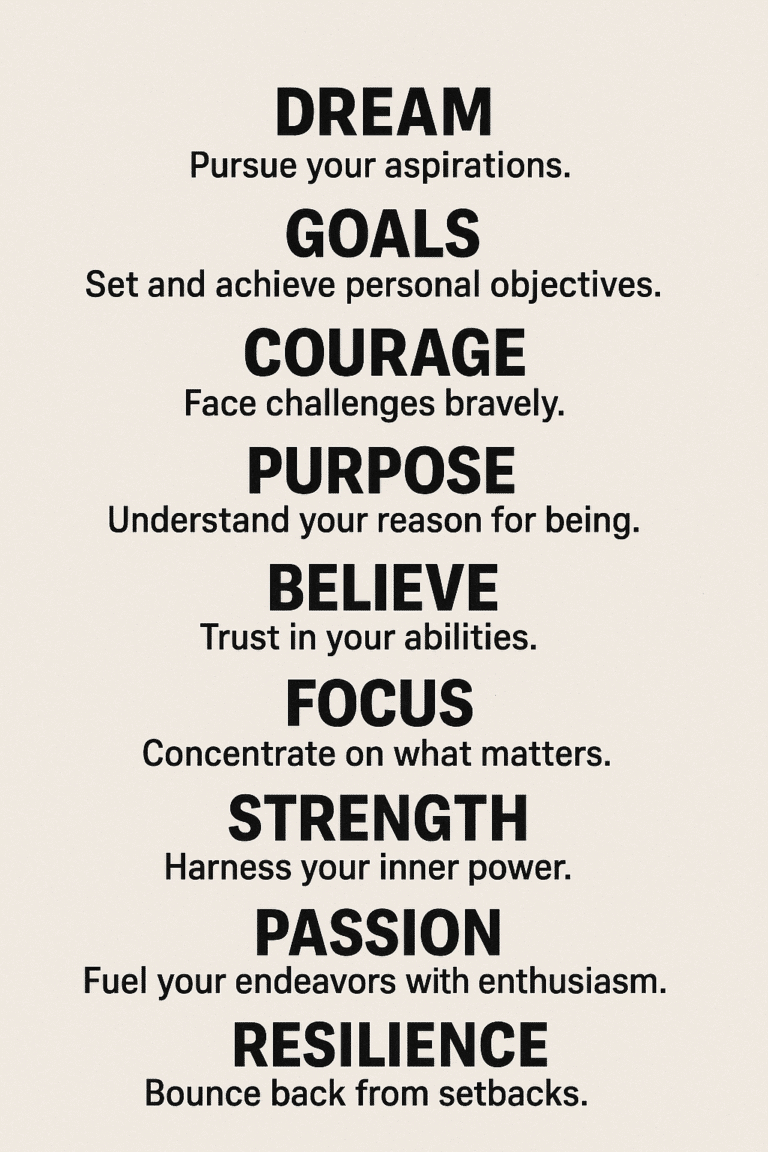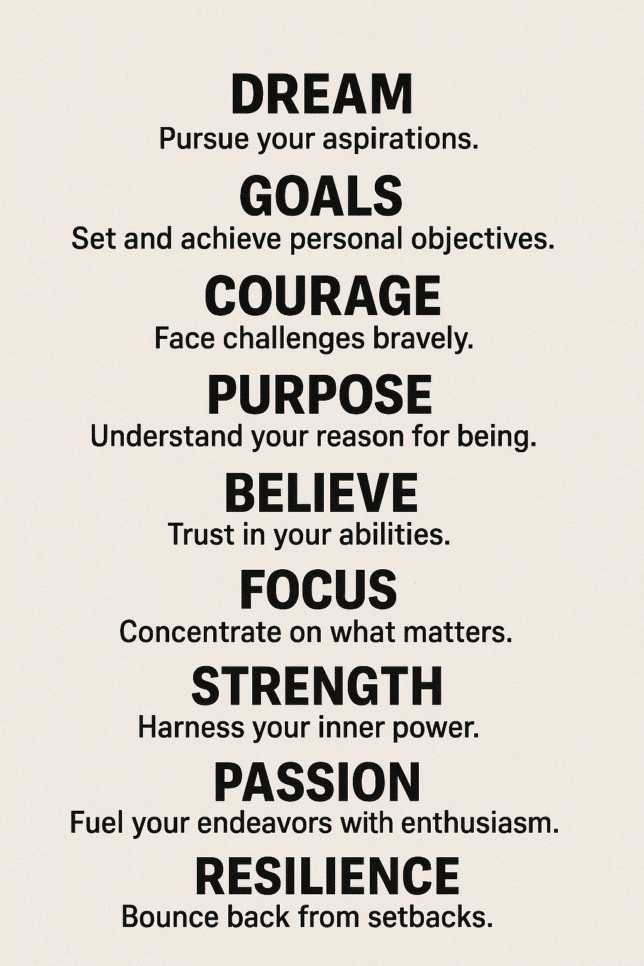Let’s take a fun journey into the world of humor and discover how it keeps our minds healthy! Did you know that laughter isn’t just about having fun? It’s like a hidden superpower for your brain.
We’ll explore how smiling and laughing can boost your inner strength, making you feel happier and less stressed.
It’s more than just jokes—laughter is a clever tool our brain uses to keep us feeling good. So, are you ready to laugh your way to a brighter, healthier you?
Let’s dive into this laughter adventure together!
Understanding Humor and Mental Health

Understanding the interplay between humor and mental health can shed light on how laughter serves as a tool for not only social bonding but also psychological resilience.
The Psychology of Humor
Humor is a fascinating cognitive function, sparking high levels of brain activity. It’s not just about telling jokes; humor plays a key role in emotional regulation and how we connect socially. In fact, studies, including a review by the American Physiological Society, show that humor acts as a powerful bridge, enhancing communication and bonding between people. When you laugh, your brain releases a mix of feel-good hormones like dopamine, which stimulates the brain’s reward pathways. Research also shows that regular laughter can reduce stress by up to 39%, proving it’s a natural mood booster!
Benefits of Laughter on Well-Being
Laughter sets off a chain of physiological reactions that improve your mood and well-being. Here’s how laughter helps:
- Reduces stress: Endorphins released during a good laugh help lower stress levels. In fact, studies show laughter can reduce stress hormones like cortisol by up to 70%.
- Enhances immune function: Research, including studies found on ResearchGate, suggests regular laughter may boost immune response, helping the body fight off illness more effectively.
- Improves happiness: Laughter and humor therapy have been shown to enhance optimism and life satisfaction. According to Positive Psychology, humor significantly boosts overall well-being, increasing happiness by up to 30%.
- Boosts social connections: Laughter fosters stronger social bonds. Studies suggest people who share a laugh feel more connected and build trust faster in relationships.
- Improves pain tolerance: Laughter increases the release of endorphins, which act as natural painkillers, raising pain tolerance and reducing discomfort by up to 10%.
- Promotes heart health: Regular laughter can improve blood flow by up to 22%, reducing the risk of heart disease and promoting cardiovascular health.
By understanding and harnessing the power of humor, you unlock its powerful ability to build resilience, improve relationships, and boost both mental and physical health.
Incorporating Humor in Therapeutic Settings

Humor in therapy can serve as a bridge, connecting you to new perspectives of healing. It’s a tool that can lighten moods and forge bonds in clinical environments.
Humor-Based Therapy Techniques
When you’re facing a challenging time, the notion of humor might seem distant. However, therapeutic humor is a viable intervention designed to promote health and wellness. Therapeutic techniques often involve stimulating playful discovery and encouraging the expression or appreciation of life’s incongruities.
- Surprise and Confusion: Some techniques encourage looking at a problem through a humorous lens, creating surprise or confusion. This can prompt you to seek alternative frameworks for problem-solving.
- Shared Laughter: Group sessions might incorporate shared laughter exercises designed to build rapport and encourage social interaction.
- Laughter Yoga: This combines unconditional laughter with yogic breathing (Pranayama), aiming to tap into the psychological benefits of laughing.
Funny Dry Humor Jokes: Integrating a specific style of humor, such as funny dry humor jokes, can be particularly effective in therapy. This type of humor, characterized by a subtle, often understated delivery, can bring a light-hearted touch to therapy sessions. It works well in reducing the seriousness of a situation, making it easier to discuss difficult topics. The use of such humor can create a relaxed atmosphere, encouraging clients to engage more openly and comfortably in therapeutic processes.
Integrating humor into therapy isn’t about telling jokes; it’s about fostering an environment that allows for light-heartedness amidst the seriousness of mental health treatment. Interventions can be custom-tailored to fit your unique needs and therapy goals.
Case Studies of Humor in Therapy
Actual case studies reveal how incorporating humor can lead to meaningful improvements in mental health outcomes.
- Reducing Anxiety: Studies have shown that humor can help reduce anxiety by breaking the cycle of negative thoughts and replacing them with a lighter outlook.
- Enhancing Group Therapy Dynamics: In group settings, humor helps create a sense of unity and can improve social support, making the therapeutic process more effective.
By examining real-world applications, it is evident that humor can have a place in the delicate framework of therapy. It’s not a panacea, but it’s another tool you can use to navigate the complexities of mental health.
Motivational Theories Behind Humor

Understanding why humor works as a motivational tool can help you harness its power more effectively. Below, explore how intrinsic and extrinsic motivations relate to humor, and consider humor’s role in social bonding and as a coping mechanism.
Intrinsic vs. Extrinsic Motivation
Intrinsic motivation is your internal drive to do something for its inherent satisfaction. When you laugh at a joke, you’re experiencing an intrinsic reward. Humor can spark your interest, making learning and engagement feel less like work and more like play.
Contrastingly, extrinsic motivation involves seeking external rewards. If humor is employed to achieve high marks or praise, for instance, it’s tapping into extrinsic motivators. However, intrinsic motivation linked to humor often leads to more profound and lasting engagement.
Humor as Social Bonding and Coping Mechanism
Social Bonding: Laughter isn’t just a response to humor; it’s a social signal. By sharing a joke, you’re building a bridge to others, fostering trust and cooperation. Humor can act as a glue in social settings, helping you connect and stay motivated through shared experiences.
Coping Mechanism: Facing adversity, humor becomes a shield. As you laugh in the face of challenges, tension dissipates. Humor has the uncanny ability to provide relief of tension, like steam escaping, making problems feel lighter and more manageable.
Practical Applications of Humor

Humor serves as a powerful tool in managing mental well-being, offering respite in personal spheres and fostering an inclusive atmosphere at the workplace.
Daily Practices for Individuals
Incorporate humor into your morning routine. Start your day with a smile by watching a short comedic clip or reading a couple of jokes. Maintain a ‘humor journal’. Just as you might track gratitudes or daily events, jot down funny occurrences or thoughts that bring laughter. This can be a personal inventory of joy to revisit when you need a lift.
Creating a Positive Environment at Work
Share a laugh with colleagues. Introduce a ‘funny moment of the day’ during team meetings where each person can share a light-hearted story or joke. Humor boards. Devote a space on the office bulletin board for employees to post cartoons or humorous quotes—make sure the content is appropriate and inclusive to maintain a respectful workplace culture.
Challenges and Limitations of Using Humor

While humor can be a powerful tool in uplifting spirits, it’s not a one-size-fits-all solution. Below, you’ll navigate the tricky waters of when and how to use humor effectively in mental health.
Recognizing Appropriate Contexts
You need to gauge the room before cracking a joke. Not every situation benefits from humor, especially in sensitive contexts where individuals may be dealing with serious emotional distress. Humor has to be used judiciously, tailored to a person’s condition and preferences, and it’s essential to ensure that it’s conducive to healing rather than being dismissive of one’s feelings.
Potential Pitfalls and Misunderstandings
Even with the best intentions, humor can backfire. You must be vigilant about two main risks:
- Blocking Emotional Expression: Sometimes, humor can act as a barrier rather than a bridge, hindering the person from expressing deeper feelings or concerns.
- Misinterpreted Messages: What’s funny to you might be offensive or hurtful to someone else. Misjudging the type of humor can lead to misunderstandings or even harm the therapeutic relationship.
By being mindful of these challenges, you can better navigate the delicate balance humor requires in mental health contexts.
Measuring the Impact of Humor

Understanding humor’s role in mental health involves two approaches: quantifying its effects and observing changes over time. Here’s how you can measure the subtleties and the long-term benefits of laughter on the mind.
Quantitative and Qualitative Assessments
In the quest to gauge humor’s effectiveness, you’ll encounter quantitative assessments, which look at numbers and statistics. Think surveys with Likert scales that ask you to rate your mood after a comedy show. Qualitative assessments, on the other hand, dive into the texture of your experience. You’ll find open-ended interviews asking how humor shifts your outlook on life. Both methods aim to capture humor’s essence in different, yet complementary ways.
Longitudinal Studies on Humor Intervention
To see humor’s lasting sparkle, longitudinal studies are your go-to. These studies track individuals’ reactions to humor over weeks, months, or even years. They can reveal how consistent chuckles might ease your stress or bolster resilience. Research suggests that engaging with humor can lead to notable improvement in mental well-being over time.
Future Directions in Research and Practice

Exploring humor’s potential in mental health is burgeoning. Your knowledge, paired with emerging studies, promises innovative therapies and deeper insights.
Innovative Approaches to Humor Therapy
The quest for new methods in humor therapy is exciting. You might find studies proposing techniques that intertwine surprise and confusion as part of the therapeutic process. Such methods could encourage you to rethink problems and foster resilience. Meanwhile, multiform humor therapy is gaining traction for its versatility and adaptability to individual needs, which could revolutionize personalized care strategies.
Expanding the Understanding of Humor’s Role
In understanding humor’s full impact, you’ll see an upswell in research that dissects its neuroscientific and psychopathological facets. Investigations will likely delve deeper into how humor can enhance well-being and serve as a preventive tool against mental health struggles. Your grasp of this information will be instrumental in crafting interventions that are both effective and enjoyable for those seeking help.
And that’s our laughter-filled journey! We’ve discovered how amazing humor is, not just for a quick smile, but for keeping our minds happy and healthy. Remember, every giggle and chuckle is like a mini workout for your brain, making you stronger in facing life’s ups and downs.
So, the next time you laugh, think about the awesome things it’s doing for your mind. Keep finding reasons to chuckle, because laughter really is a superpower in our everyday lives. Here’s to more laughs and happier days ahead!
Recommended Book Read
- Sweet Madness: A Study of Humor by William Fry
- Humor at Work in Teams, Leadership, Negotiations, Learning and Health by Tabea Scheel and Christine Gockel
- Gallows Humor by Carolyn Elizabeth
- I Feel Bad About My Neck: And Other Thoughts on Being a Woman by Nora Ephron
- Let’s Pretend This Never Happened: A Mostly True Memoir by Jenny Lawson
- Engaging Humor by Elliott Oring
- Comic Relief: A Comprehensive Philosophy of Humor by John Morreall
- Laugh Out Loud: 40 Women Humorists Celebrate Then and Now… Before We Forget by Allia Zobel Nolan
- Calypso by David Sedaris
- Humor Theory: Formula of Laughter by Igor Krichtafovitch














